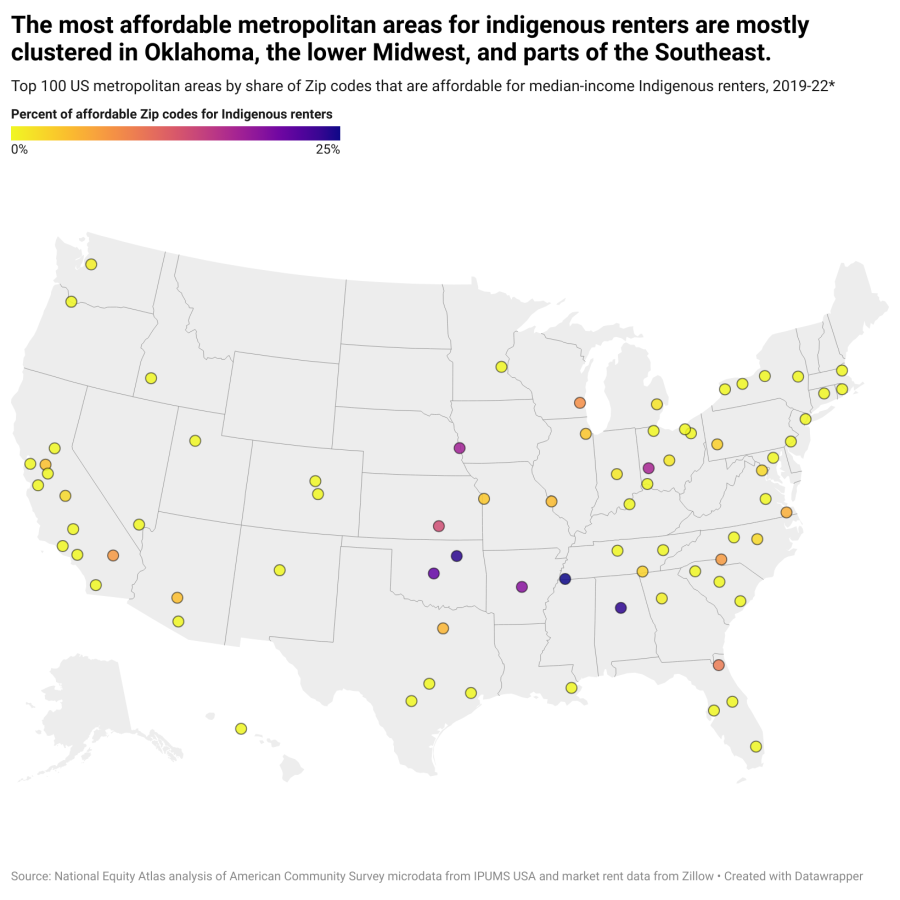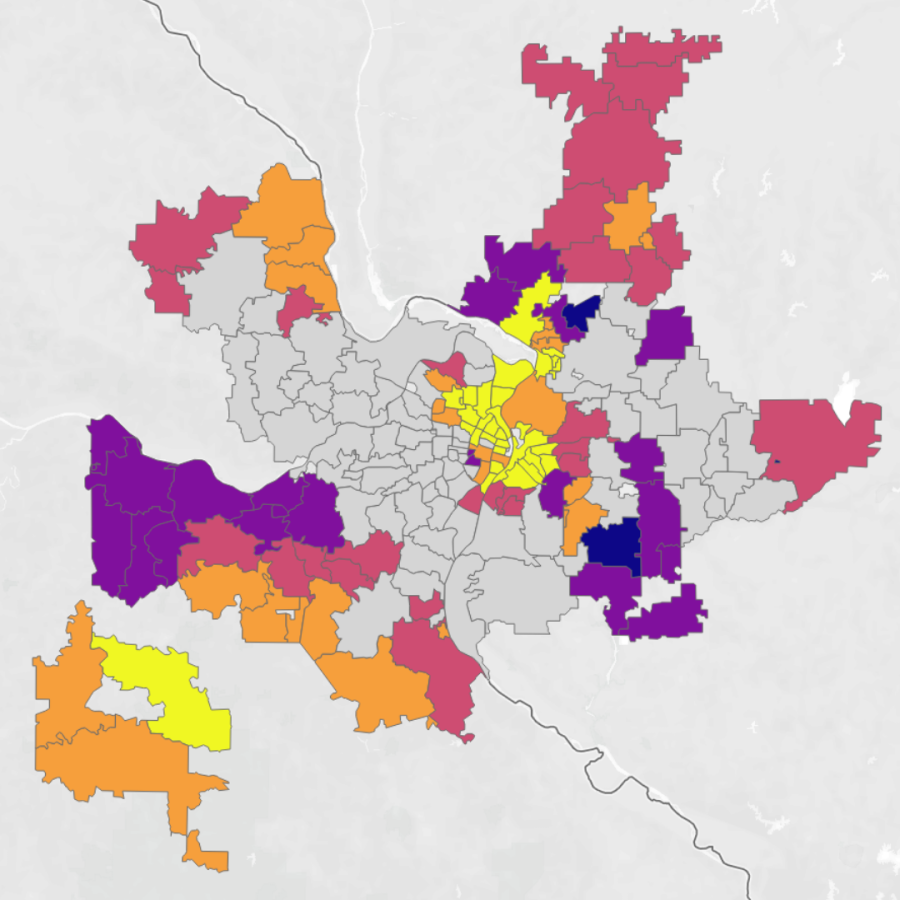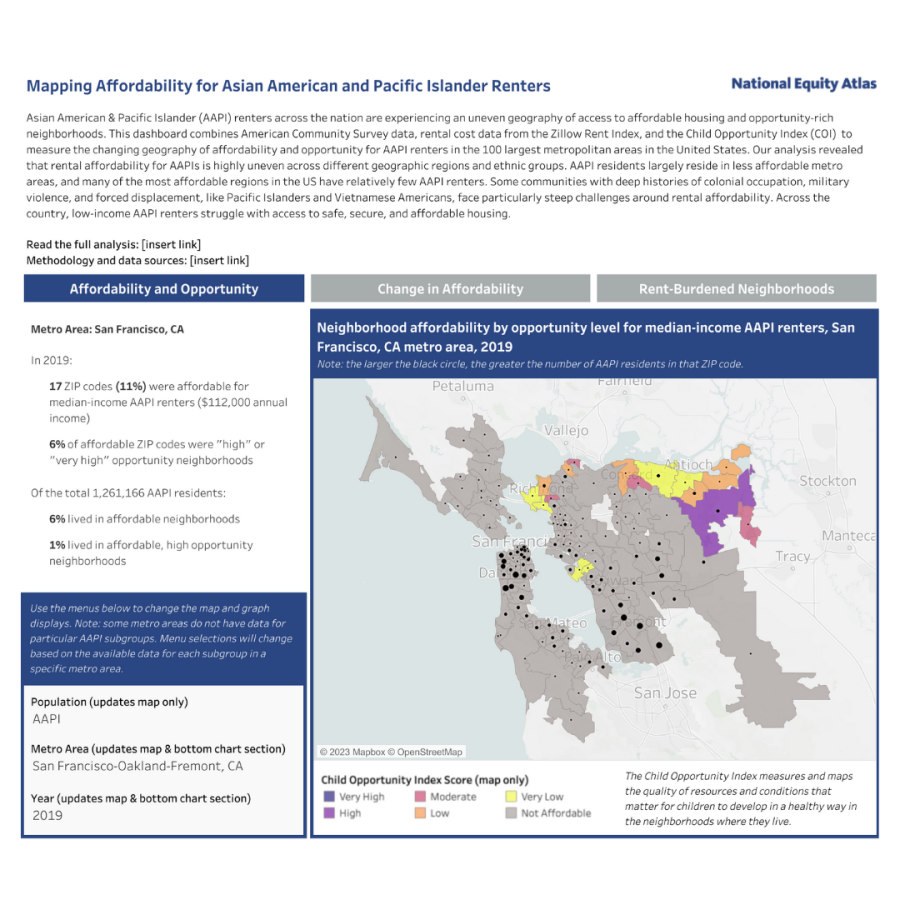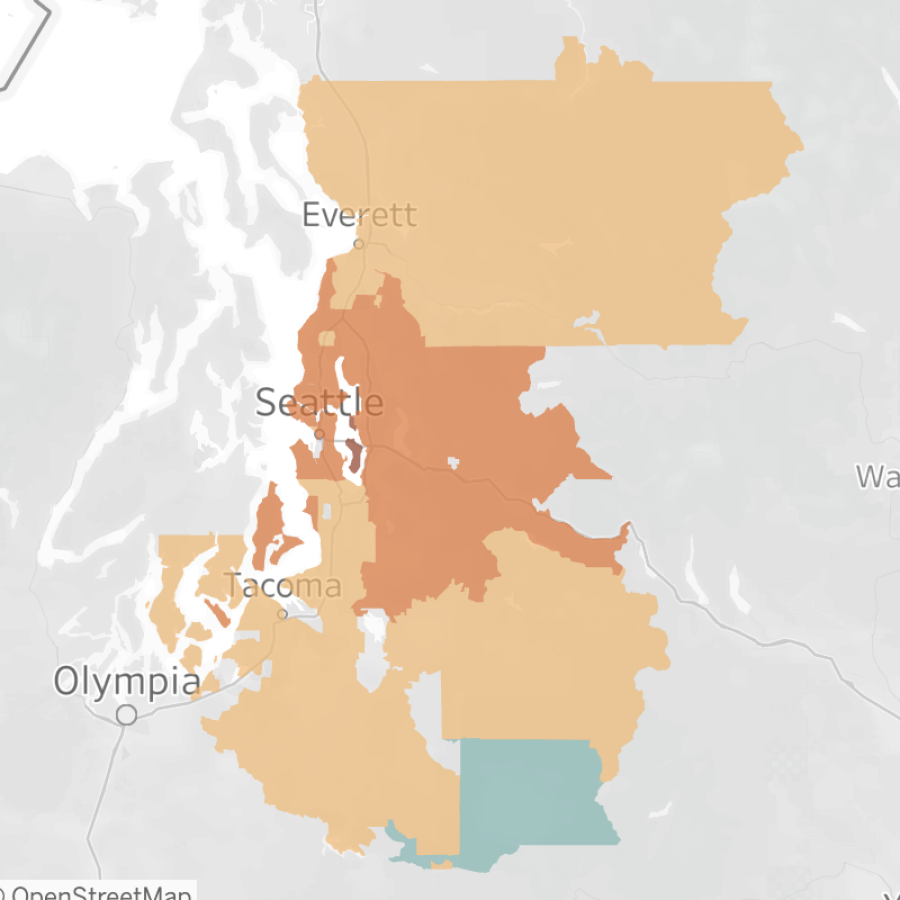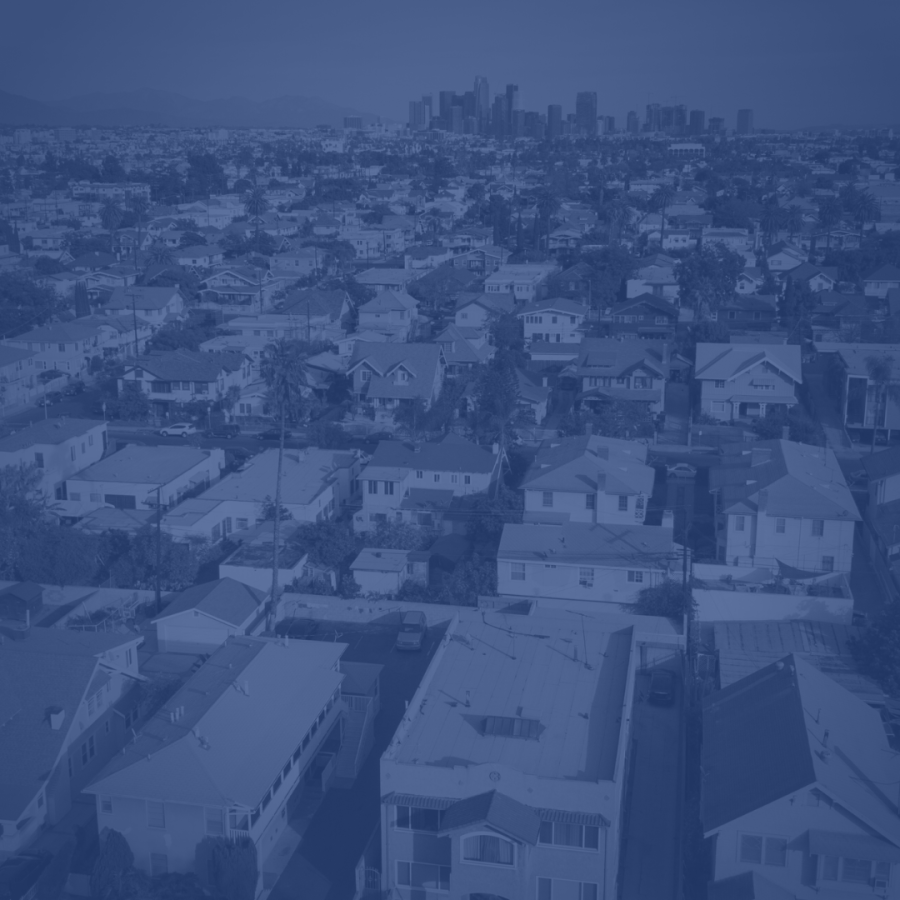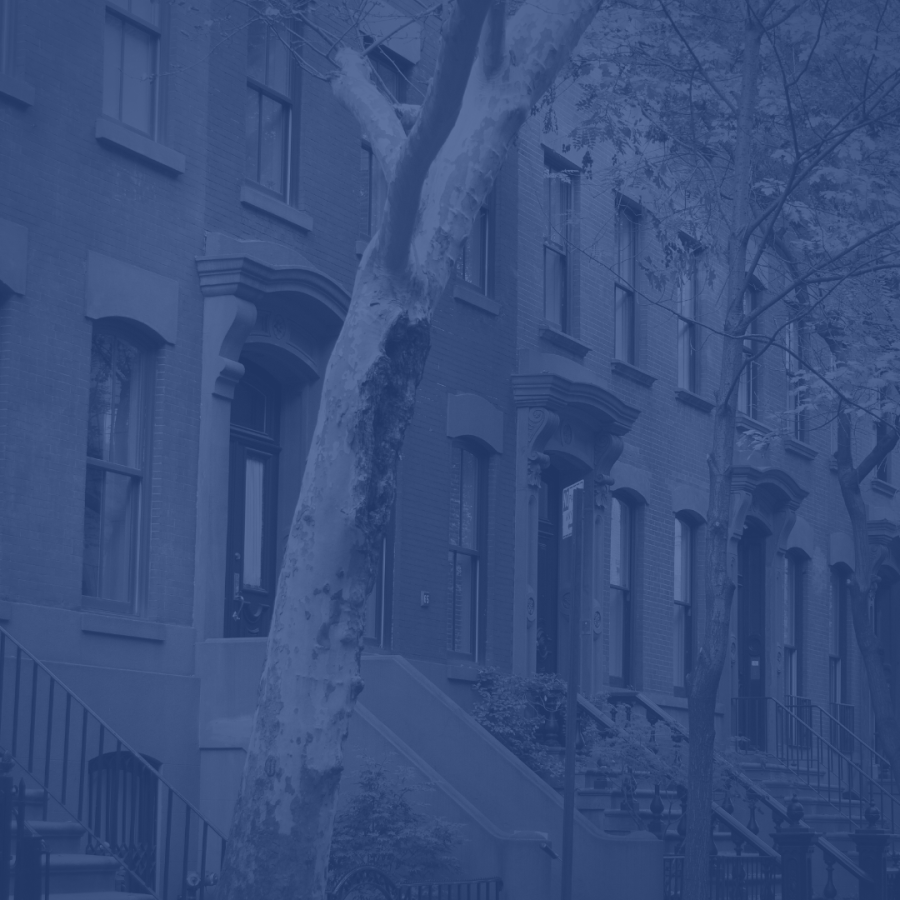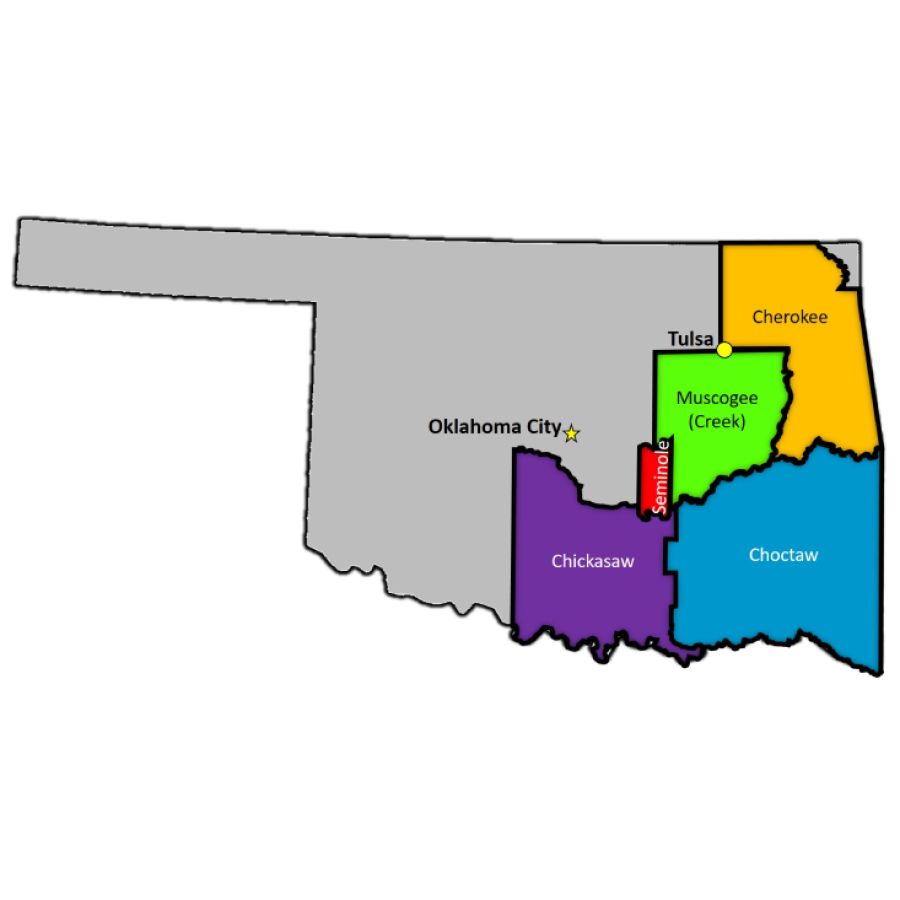The Geography of Opportunity for Renters in Metro America
Over the 2010s, many working Americans struggled to afford the basic costs of living, even as the US economy recovered from the Great Recession of 2007–2009. In many of the nation's largest metropolitan areas, a combination of wage stagnation and rising rents made it difficult for many residents looking to rent a home without spending an excessive portion of their income on rent, especially in neighborhoods offering good employment and educational opportunities, health outcomes, and other amenities.
In this three-part research series, we explore neighborhood-level changes in rental affordability for residents in the 100 largest US metros between 2013 and 2019. By comparing local changes in median market rents to regionwide changes in median household incomes, we can see which metros had a growing, shrinking, or consistent number of affordable neighborhoods over this six-year period. Because median incomes vary across racial and ethnic groups, we can also explore the different changes in rental affordability for specific communities of color, while placing this data in the context of the particular histories and circumstances that shape housing opportunities for those different communities.
The anchor report from this series explores the growing gap in access to affordable housing and opportunity-rich neighborhoods for Black, Latinx, and low-income renters from 2013 to 2019. The second report explores the uneven access to affordable housing for Asian American and Pacific Islander renters in the nation's largest metros over the same time period, focusing on the different levels of affordability across AAPI nationalities and ethnicities. The third and final report focuses on rental affordability for Indigenous residents in metro America, given the unique challenges facing American Indians, Alaska Natives, Native Hawaiians, and other Pacific Islanders as the original inhabitants of lands colonized by the US and other Western powers.
We pair each report with an interactive dashboard that allows the reader to map the data on neighborhood affordability. For each of the analyses on AAPI and Indigenous renter affordability, we also include four regional snapshots that focus on affordability challenges, housing justice campaigns, and local histories in specific metro areas of interest.


